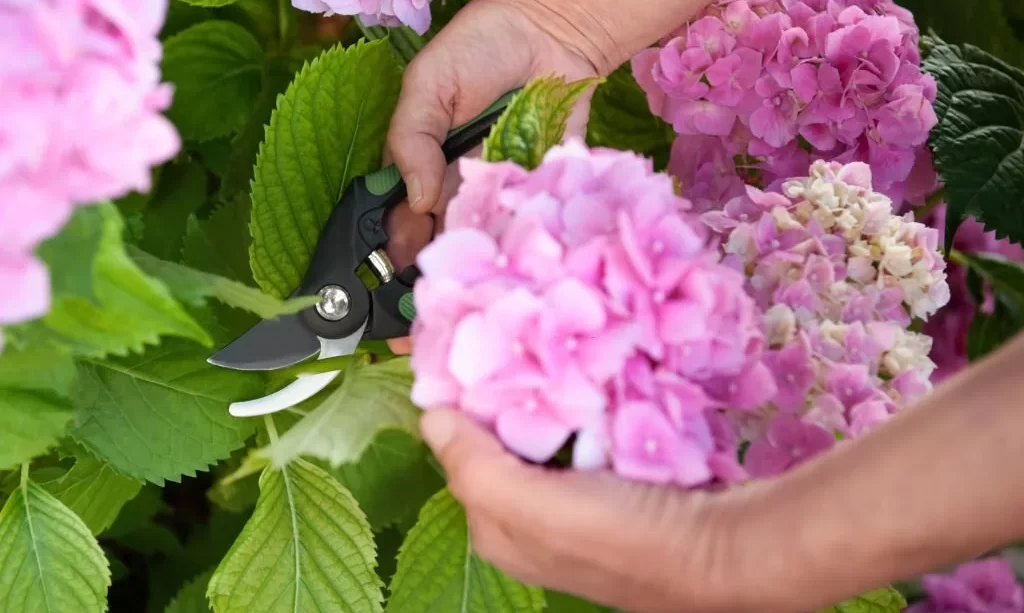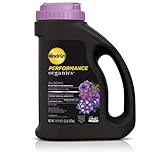Hydrangeas, with their bountiful and captivating blooms, are a cherished addition to many gardens. Over time, these lush shrubs can grow and flourish, filling their allotted space with an abundance of greenery and flowers. While this growth is a testament to their health, it can also present a challenge: the need to split hydrangeas. In this article, we embark on a journey to explore the art of dividing and multiplying these stunning plants. The sight of mature hydrangeas often prompts gardeners to contemplate their care, and splitting them becomes a practical solution. We’ll delve into the reasons why you might consider splitting hydrangeas, whether it’s to rejuvenate a crowded plant, enhance blooming, or expand the beauty of your garden. Join us as we uncover the art and science of splitting hydrangeas, transforming them into thriving and vibrant additions to your outdoor oasis.
- USDA Zones 5-9
- Mature size 36-48″ W x 36-48″ H
- Full sun to part sun
- Deciduous – Foliage loss in winter and new growth in spring
- Botanical Name – Let’s Dance Rhythmic Blue Reblooming Hydrangea macrophylla
The Need to Split Hydrangeas
The need to split hydrangeas often arises as these beloved shrubs mature and flourish. While the lush growth and prolific blooms are signs of their well-being, they can also lead to overcrowding and reduced blooming. One of the primary reasons for splitting hydrangeas is to alleviate this congestion. As hydrangea plants age, they may become too dense, with multiple stems competing for space and resources. This overcrowding can hinder airflow and sunlight penetration, potentially resulting in fewer blooms and diminished overall health. Splitting hydrangeas offers a solution by creating space for each section to thrive independently, leading to healthier plants and more abundant flowering. Additionally, dividing hydrangeas allows gardeners to propagate new plants, providing an opportunity to share their beauty or expand the hydrangea presence in the garden. Whether it’s to address overcrowding, enhance blooming, or multiply these charming shrubs, the need to split hydrangeas presents a rewarding journey in gardening and horticultural care.
When to Split Hydrangeas
Timing is critical when considering when to split hydrangeas to ensure the success of the division process. Ideally, hydrangeas should be split during seasons and weather conditions that are conducive to their recovery and growth. The recommended times for splitting hydrangeas are typically early spring or early fall. These seasons offer milder temperatures and more consistent moisture levels, providing an optimal environment for the transplants to establish themselves. It’s essential to avoid splitting hydrangeas during the extreme heat of summer or the harsh cold of winter, as these conditions can stress the plants and hinder their recovery. By choosing the right time to split hydrangeas, you give them the best chance to thrive and bloom abundantly in their new locations.
How to Split Hydrangeas
The process of splitting hydrangeas involves several key steps to ensure a successful division. Begin by carefully digging up the mature hydrangea plant, taking care not to damage the roots. Once the plant is removed from the ground, assess its structure and decide how many sections you’d like to create. Each section should have a healthy set of roots and several shoots or branches. Using a sharp and clean garden tool, such as a shovel or pruners, divide the plant into the desired sections, ensuring that each division is well-balanced. Afterward, prepare the new planting holes in the desired locations for the transplants. Proper spacing and soil preparation are crucial to their successful establishment. Once planted, water the transplants thoroughly to settle the soil and reduce transplant shock. Adequate care and attention during the division process are key to ensuring the health and vitality of the newly split hydrangea sections.
Caring for Divided Hydrangea Sections
Caring for divided hydrangea sections after transplanting is essential to help them thrive in their new locations. Adequate watering is crucial, especially in the initial weeks after division, as it helps the transplants establish their roots. Keep the soil consistently moist but not waterlogged. Mulching around the transplants can help retain moisture and regulate soil temperature. Proper soil preparation, including amending with organic matter, is vital to provide essential nutrients for growth. Regular monitoring for signs of stress, such as wilting or yellowing leaves, is important. Additionally, pruning back a portion of the foliage can reduce stress on the transplants and encourage root development. As the divided hydrangea sections establish themselves, they will gradually regain their vigor and begin producing blooms. By providing attentive care during the post-transplant period, you set the stage for their long-term success and the return of their captivating blossoms to your garden.
Post-Transplant Care
Post-transplant care plays a crucial role in the success of your divided hydrangea sections. After transplanting, it’s essential to monitor the transplants closely to ensure they establish themselves in their new locations. Adequate watering is key, especially during the first few weeks. Keep the soil consistently moist but not waterlogged. Applying a layer of mulch around the base of the plants can help retain moisture and regulate soil temperature. As the transplants settle in, they may experience some stress, which can be alleviated by pruning back a portion of the foliage. This reduces the demand on the plant’s energy and encourages root development. Continue to provide the appropriate care and maintenance outlined in the previous sections, such as fertilization and pest management, to support the long-term health and vitality of your divided hydrangea sections.
- Use Miracle-Gro Performance Organics Blooms Plant Nutrition Granules to feed flowering plants
- OMRI listed plant food promotes more blooms (vs unfed potted plants) organically for vibrant color in flowers
- Enjoy Miracle-Gro results with organic and natural ingredients
- Reapply every 4-6 weeks and water regularly for best results
- Covers up to 165 sq. ft.
What to Expect After Splitting Hydrangeas
After splitting hydrangeas, it’s natural to wonder what to expect in terms of growth and blooming. Initially, the transplanted sections may appear somewhat stressed as they adapt to their new environment. However, with proper care and attention, they will gradually regain their vigor and begin producing new growth. It may take some time for them to produce the lush foliage and abundant blooms you love. In the first year or two, focus on establishing a healthy root system, as this is essential for sustained growth and blooming. By the second or third year after splitting, you can anticipate a return to the full glory of hydrangea blossoms. Remember that patience is key when it comes to gardening, and the rewards of beautiful, blooming hydrangeas are well worth the wait.
Conclusion
In conclusion, splitting hydrangeas is a practical and rewarding endeavor for gardeners seeking to rejuvenate mature plants, enhance blooming, or multiply their hydrangea presence in the garden. By understanding the need to split hydrangeas, choosing the right time for division, and following the proper techniques for splitting and caring for divided sections, you can successfully transform your hydrangea plants into thriving and vibrant additions to your outdoor oasis. While the initial stages of transplanting may require some patience, the long-term benefits of splitting hydrangeas include healthier plants, more abundant blooms, and the joy of multiplying the beauty of these beloved shrubs in your garden. So, whether you’re a seasoned gardener or a newcomer to the world of hydrangeas, consider splitting these enchanting shrubs to reap the rewards of their enduring beauty and charm.







